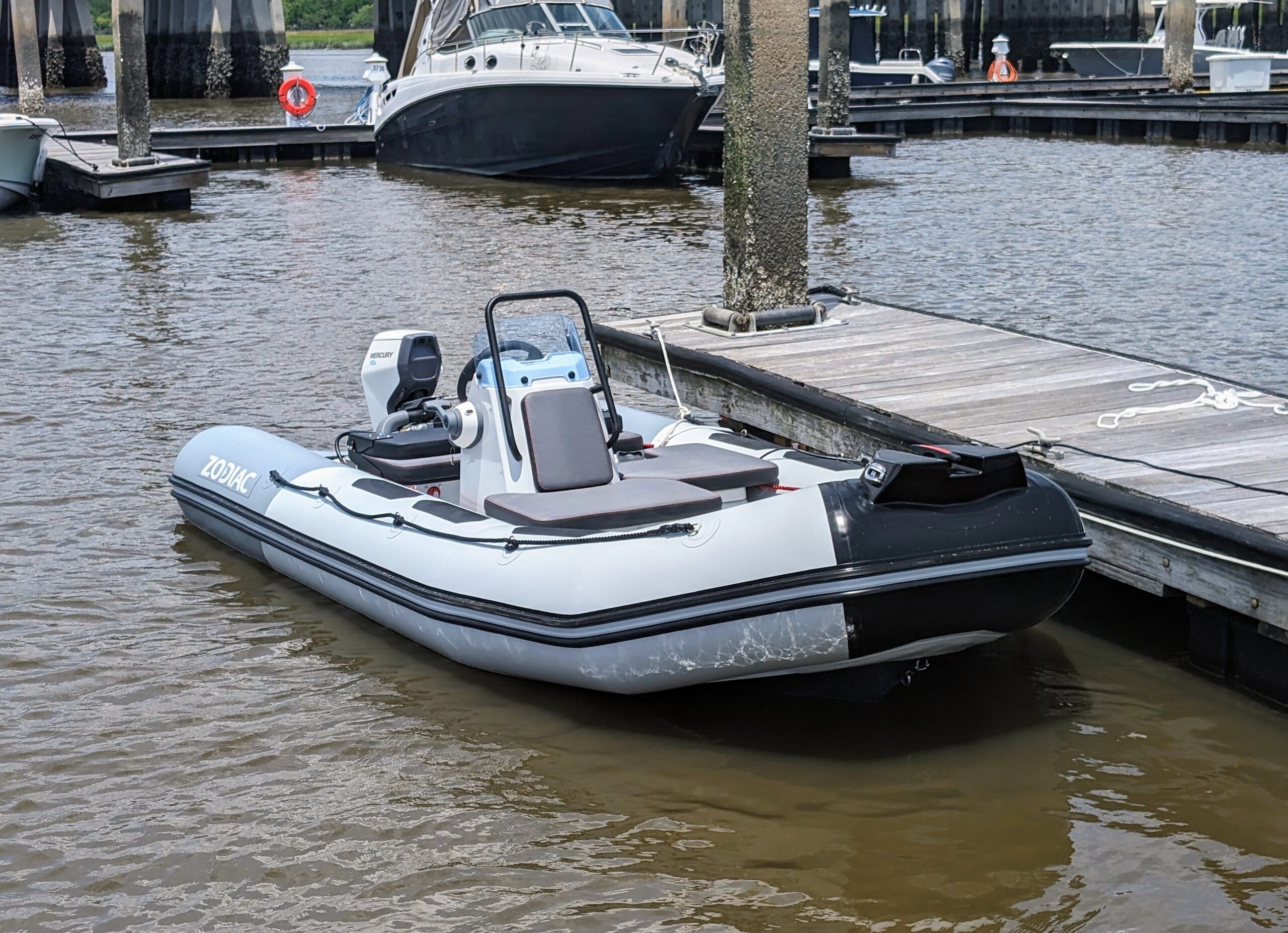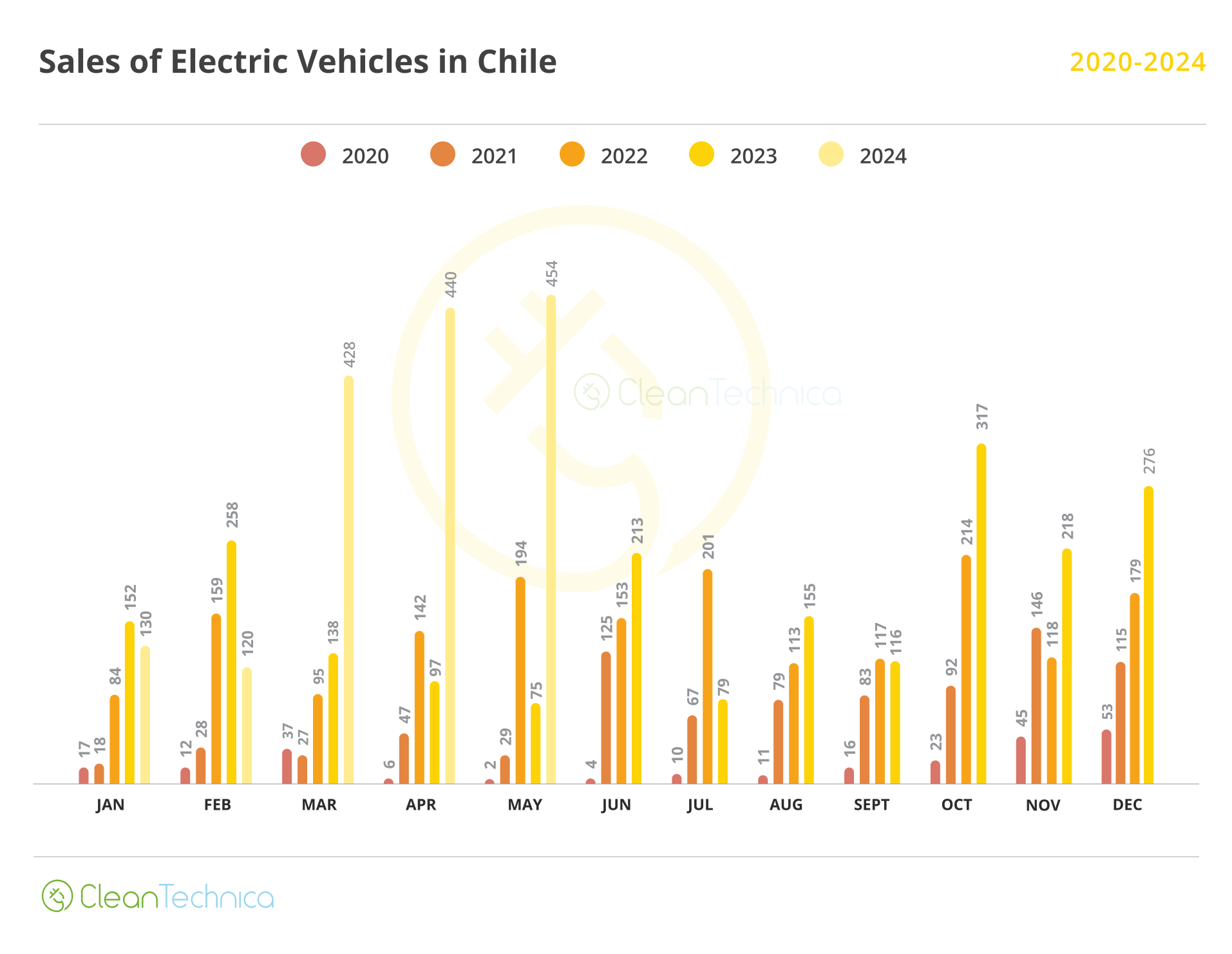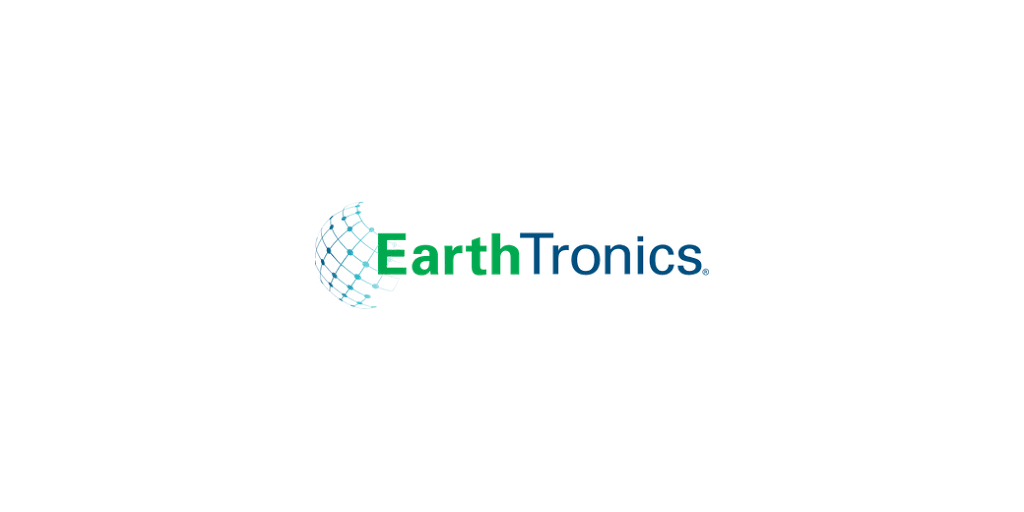The future of transportation lies in connected vehicles. You just have to visit the halls of CES or the Australian Trucking Association’s recent Trucking Australia event to understand that manufacturers are rapidly transforming into software companies.
However, this begs the question: what role will specialised telematics providers play in this new landscape?
Not all connectivity is the same
While most people view connected vehicles for entertainment and convenience, fleet managers prioritise reducing costs and increasing efficiency and driver safety.
They need a platform to integrate data from different types of vehicles and manufacturers. That’s where telematics service providers (TSPs) have always helped and will continue to do so.
They have the necessary technologies and experience to provide fleet managers with proven, reliable, specialised services.
Historically, the TSPs needed to sell after-market telematics devices to their customers to get hold of the needed data. There’s always been a ‘data gap’ between original equipment manufacturer (OEM) capabilities and black box tech.
These days however, most vehicles leave the factory with an OEM’s native telematics device installed and connected to the internet, opening new options for TSPs to access the vehicle data for their fleet customers.
We’ve estimated that approximately 60 per cent of vehicles on sale globally today are already ‘connected’ – this will be closer to 90 per cent in the coming years.
Standardised data means better data
Collecting and aggregating data from vehicles is only the very first step.
Telematics providers have extensive experience analysing data for fleets and providing the insights for fleet managers to make informed decisions.
TSPs have a deep understanding of the processes and needs a fleet manager has in their daily business and how a vehicle is integrated in the whole value chain of the company, beyond pure vehicle management.
The future of telematics lies in TSPs and OEMs working together. Relying exclusively on proprietary fleet management solutions and telematics systems provided by OEMs will limit the benefit for fleet owners.
They don’t want to commit to one exclusive brand just because of a telematics platform. Open, interoperable telematics systems will become a competitive factor in the fleet market.
That’s why more and more leading OEMs are working with telematics providers to integrate their in-vehicle systems to third-party platforms, adhering to industry-wide standards.
A company like Geotab essentially integrates data from multiple OEM sources and makes it useful for fleet operators.
Working together to deliver greater value
The future is not a case of either/or. OEMs and TSPs can complement each other perfectly when it comes to fleet telematics.
OEMs have the expertise to build integrated telematics hardware into a new model’s architecture, while TSPs intimately understand the needs of fleet managers and how to analyse the data to derive actionable insights.
No doubt OEMs harbour ambitions to create recurring revenue streams and monetize the insights provided by data. TSPs have the customer access and salesforce in place to promote these services.
Traditional telematics will not become obsolete in the future; on the contrary, it will evolve and remain an essential factor as data decisions become even more important on our roads.
This editorial was developed in partnership with Geotab associate vice president APAC David Brown.



